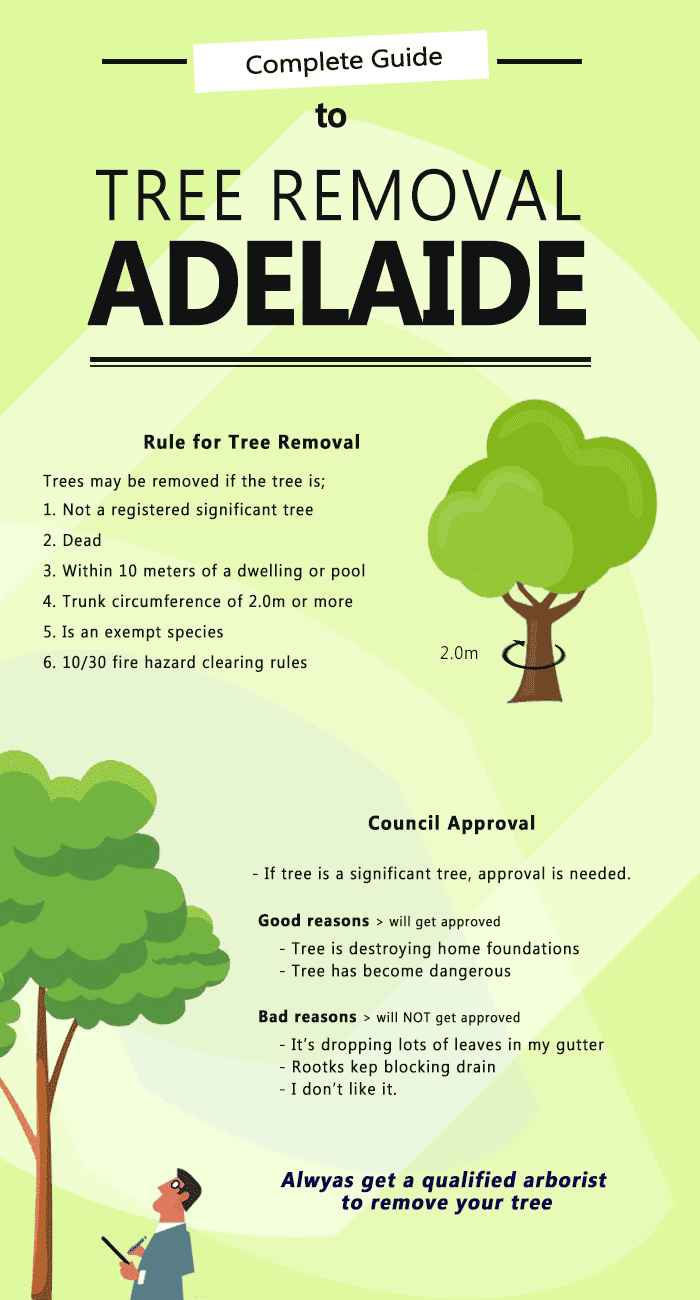Warning Signs For Tree Elimination: Just How To Spot Unsafe Trees
Warning Signs For Tree Elimination: Just How To Spot Unsafe Trees
Blog Article
Authored By-Winther Cormier
When it comes to tree care, acknowledging the signs that it's time for removal is essential for your security and residential property. You might see discolored fallen leaves, wilting branches, or strange fungal growths indicating illness. Structural issues, like a substantial lean or fractures in the trunk, can likewise present risks. Recognizing these warning signs can assist you make notified decisions concerning your trees and protect against possible dangers prowling in your backyard. What should you look for next?
Signs of Degeneration and Illness
When you see indications of decay and condition in your trees, it's essential to act quickly. Look for discolored fallen leaves, wilting branches, or unusual developments like fungus. These can suggest that your tree is struggling.
If you see fractures in the bark or soft, mushy wood, these signs suggest interior decay. Additionally, an unexpected boost in parasites around your tree can signal that it's damaged and at risk.
Look for any dead or passing away arm or legs, as they pose a risk to your property and security. If you're uncertain regarding what you see, consulting an arborist can offer clearness.
Dealing with these indications early can conserve you from more extensive damage and make sure the health and wellness of your yard. Do not wait till it's too late.
Structural Instability and Leaning
As you observe your trees, keep an eye out for any type of signs of architectural instability or leaning. If a tree leans substantially, it may suggest that the root system is jeopardized.
How To Prune Meyer Lemon Tree in the trunk or dirt around the base; these can signify potential failure. In addition, look for unusual growth patterns, like an uneven crown, which might suggest that the tree is struggling to hold itself upright.
If you see that the tree leans toward your home, power lines, or other structures, it presents a higher threat. Don't overlook these indications-- get in touch with an arborist to assess the situation.
Acting early can stop costly damage and ensure your safety and security.
Dead or Dying Branches and Foliage
If you observe dead or dying branches and vegetation on your tree, it's a clear indicator that something's wrong.
These unhealthy locations can indicate underlying problems like illness, insect problems, or ecological tension. When branches lose their fallen leaves or transform brownish, they're no more adding to the tree's health and wellness. Ignoring these indicators could bring about further decline, making your tree extra hazardous.
go to website can conveniently break short during tornados, positioning a risk to home and individuals close by. It's vital to examine the extent of the damages.
If the issue affects a considerable part of the tree, consider speaking with an expert. They can help determine if removal is required to guarantee safety and security and maintain the elegance of your landscape.
Verdict
If you see any kind of signs of degeneration, structural instability, or dead branches on your trees, do not disregard them. These indicators can posture significant security risks to you and your property. It's constantly best to speak with an expert arborist who can give a professional evaluation of your trees. Acting early can avoid mishaps and expensive damage, ensuring your landscape continues to be risk-free and healthy. Keep in mind, it's far better to be proactive about tree care than to wait for a disaster to occur.
